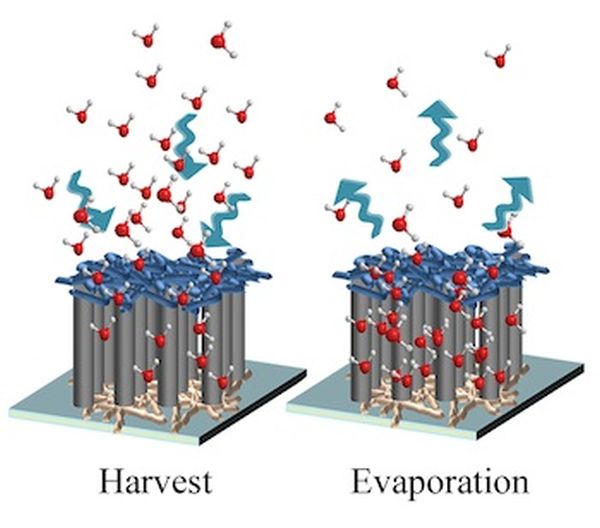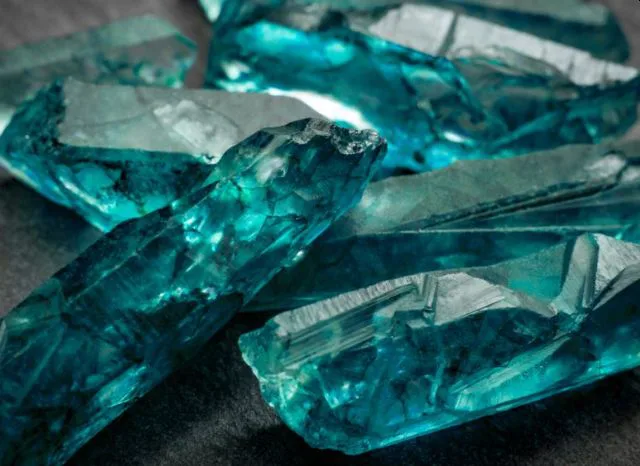Water is essential for survival of almost all kinds of lives on Earth, hence it is imperative to conserve it at any cost. Researchers from around the world are working to find new and innovative methods to conserve water, especially in areas which are short of water resources. Inspired from an insect, researchers from Rice University have come up with an innovation method of water collection.
Hygroscopic Scaffold
Researchers noticed a Namib Desert beetle, also known as the Stenocara beetle that lives in harsh arid environments. These beetles effectively utilize their wings to collect water droplets from the fog. Using the technique, researchers have shown that collection of such nanotubes can be employed to collect water molecules in arid environments and which can be put to use later. The experts have named this collection of nanotubes, which measure about a few nanometers in width and just a centimeter tall, as “hygroscopic scaffold”.
Water storing Nanotubes inspired from Stenocara beetle
To imitate the technique employed by the Stenocara beetle, researchers used water-assisted chemical vapor deposition method to create carbon nanotubes. The top of such carbon nanotubes is water loving or hydrophilic, where as the bottom being water repellent or super hydrophobic. Using capillary action and gravity, the hydrophilic part of the nanotubes start attracting and collecting water molecules at the hydrophobic bottom.
According to author Sehmus Ozden, the best part of these water storing nanotubes are that they do not require energy for the process. Once filled with water, these nanotubes are squeezed and ready to be used again.
Now the question arises, how much water can be collected by such carbon nanotube collections? Researchers explain that it depends on the humidity of the air. During 80 percent humidity, an 8 milligram carbon nanotube can draw, approximately 27.4 percent of its weight in 11 hours span and around 80 percent in 13 hours under humid air. Additionally, other experiments showed that water loss from evaporation through these nanotubes is also slow. Hence, researchers believe that mass production of carbon nanotubes could efficiently help store water drawn from fog.
Researchers still have to find an answer for creating less expensive nanotubes for the process to be used commercially. Once this is achieved it would be possible to store water in arid areas using naturally available morning fog.
Source: Rice University




